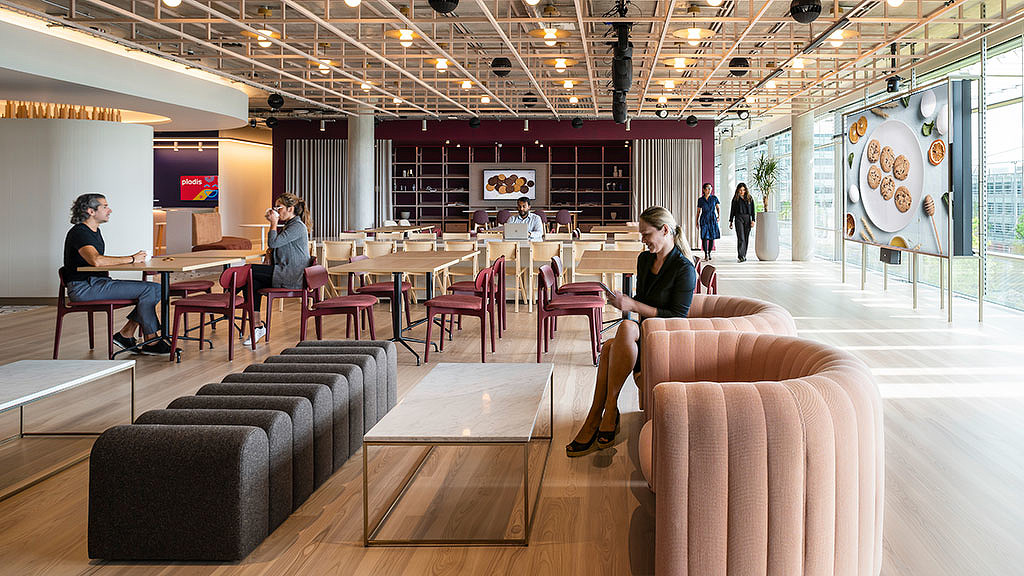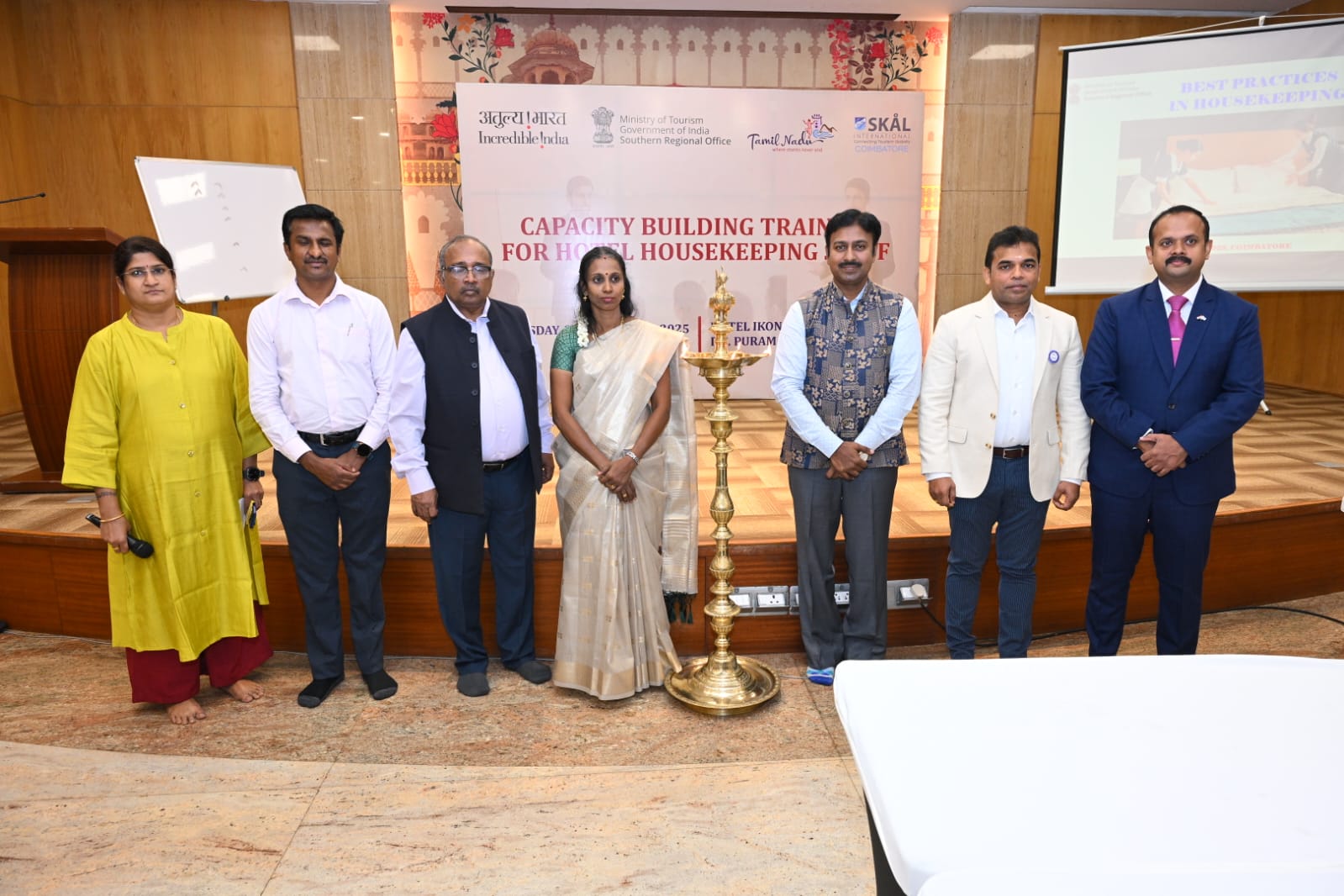The Indian hotel industry witnessed its highest ever 10-year occupancy in FY2018 and its revenue per available room (RevPAR) was higher by 17% compared to the 10-year low, witnessed in FY2014. Similarly, the pan-India average room rate (ARR) which stood at Rs 5,800 in FY2018 was also the highest since FY2014. FTAs into India slowed down from April 2018 onwards due to the Nipah virus scare and diversion of traffic to other global events such as the soccer world cup in Russia. While the FTA growth picked up in Aug 2018, the Kerala floods impacted FTA growth in Sep 2018 and Oct 2018. Kerala witnessed FTAs decline in Q2 (-4.6%) and Q3 CY2018 (-13.6%). In addition, there was general weakness in the global ITAs during Q3 CY2018
As for the domestic demand momentum, it has remained strong; the domestic revenue passenger kilometre (RPKM), a proxy for domestic travel grew by a robust 20.3% Y-o-Y in YTD October CY2018 at ~ 10.5 million passengers. Domestic demand in FY2019 will continue to be driven by increased air connectivity, and higher appetite for domestic leisure travel.
On the supply side, the supply of room is likely to lag demand over the medium term and grow at a subdued CAGR of 3.6% over the next five years (FY19-23). The number of premium rooms across 12 key cities is likely to go up from 82,800 in FY2018 to 98,900 as on FY2023e, with ICRA research tracking about 16,100 premium rooms under construction and to be launched over the next five years. This low supply growth is expected to be the backbone for the current up-cycle, as demand is expected to grow at a much faster rate.
Industry revenues (ICRA’s sample of 12 companies) which have remained subdued over the previous few quarters, despite the pan India improvement in RevPAR, due to multifarious issues such as demonetisation, liquor ban along the highways, the GST rollout, and certain company-specific events such as renovations, revived strongly during Q2FY2019. Quarterly revenue was at a seven-year high in Q2 FY2019 with the same growing by 12% over Q2 FY2018; the operating profit margin (OPM) was at a six-year Q2 high at 11.8%, improving by ~280 bps Y-o-Y.
Going forwards, ICRA expects revenue improvement and margin expansion for the industry. The CAGR growth is expected to be 9-10% over the next four years, with a strong 10-12% during FY2019. Margins are likely to expand due to operating leverage, with return of stronger revenue growth. Interest and debt cover are likely to improve gradually over the medium term but Return on capital employed (RoCE) is expected to remain at sub-cost of capital at least till FY2020. RoCE is expected to improve upwards of 15% in FY2023 – from 6.3% in FY2018 to 9% in FY2019e and 16.3% in FY2013e.
Adds Ms. Ponniah, “Poised in the first few years of the upcycle, ICRA expects the current industry up-cycle to continue over the next 3-4 years and ICRA’s outlook continues to be stable. The stable outlook will be driven by robust domestic demand and a muted supply pipeline. The return of pricing power across key markets will be more evident from the next rate cycle in January 2019 and a consequent improvement in financial performance is expected. However, costs will need tight monitoring.”









